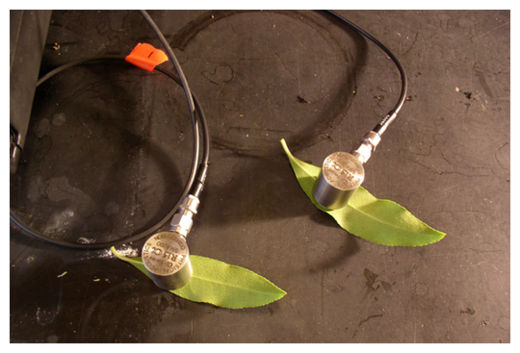
Though often too low or too high for human ears to detect, insects and animals signal each other with vibrations. Even trees and plants fizz with the sound of tiny air bubbles bursting in their plumbing.
And there is evidence that insects and plants "hear" each other's sounds. Bees buzz at just the right frequency to release pollen from tomatoes and other flowering plants. And bark beetles may pick up the air bubble pops inside a plant, a hint that trees are experiencing drought stress.
Sound is so fundamental to life that some scientists now think there's a kernel of truth to folklore that holds humans can commune with plants. And plants may use sound to communicate with one another.
If even bacteria can signal one another with vibrations, why not plants, said Monica Gagliano, a plant physiologist at the University of Western Australia in Crawley.
"Sound is overwhelming, it's everywhere. Surely life would have used it to its advantage in all forms," she told OurAmazingPlanet.
Gagliano and her colleagues recently showed corn seedling's roots lean toward a 220-Hertz purr, and the roots emit clicks of a similar tune. Chili seedlings quicken their growth when a nasty sweet fennel plant is nearby, sealed off from the chilies in a box that only transmits sound, not scent, another study from the group revealed. The fennel releases chemicals that slow other plants' growth, so the researchers think the chili plants grow faster in anticipation of the chemicals - but only because they hear the plant, not because they smell it. Both the fennel and chilies were also in a sound-isolated box.
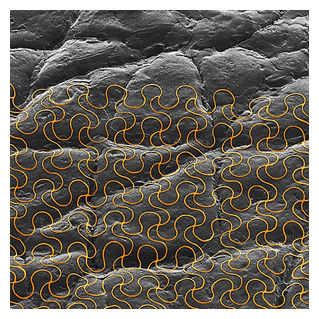
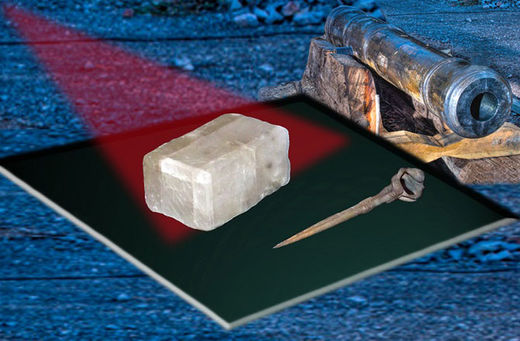
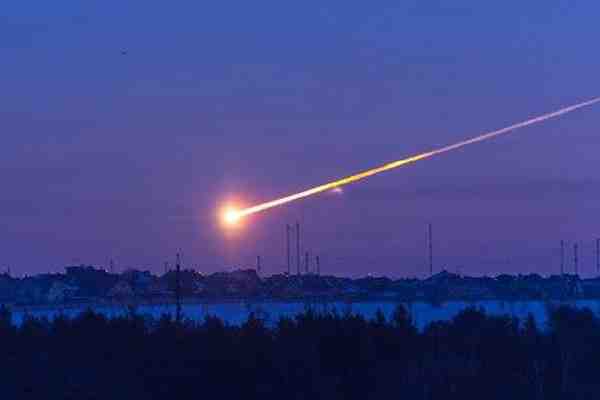

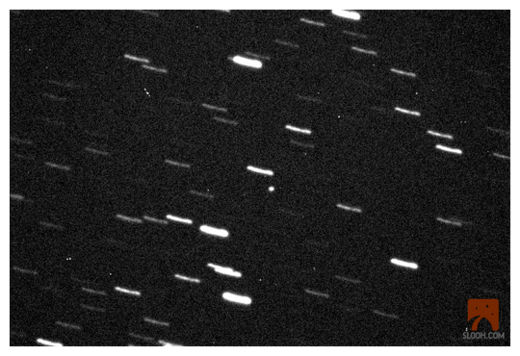
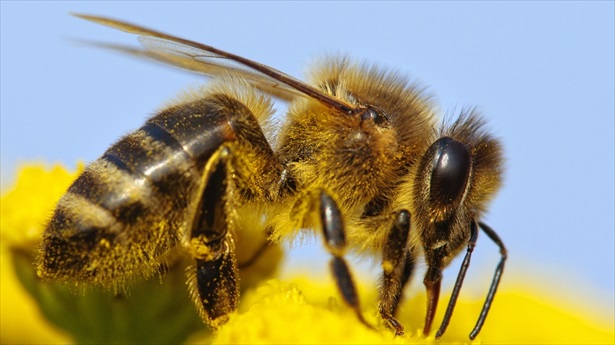
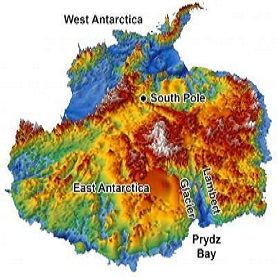
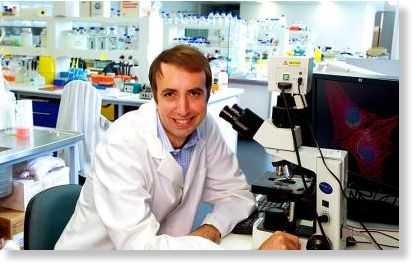



Comment: It's interesting that they don't even entertain the possibility that a space rock might have collided with the Russian satellite, especially since they state that "the predicted distance would seem to preclude a collision". Given that fireballs are currently raining down on our planet and given that the International Space Station was hit by a small space rock last year, shouldn't cometary debris at least be on their radar of possible explanations for what happened to these satellites?